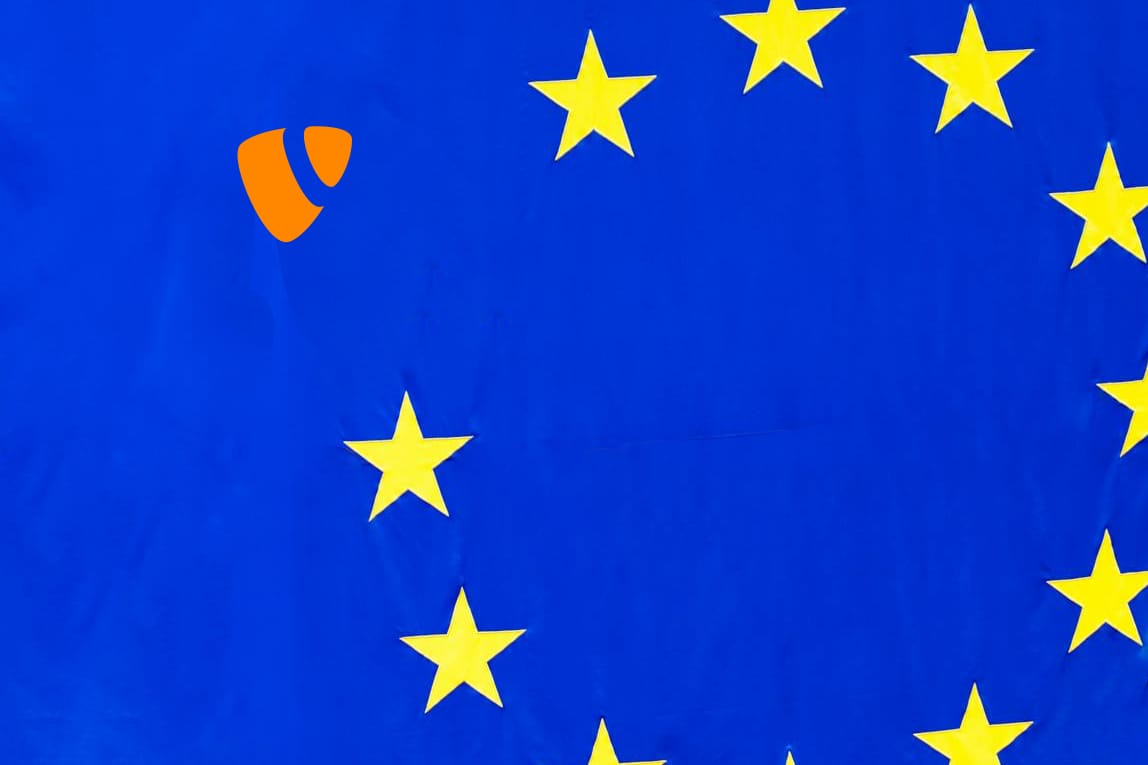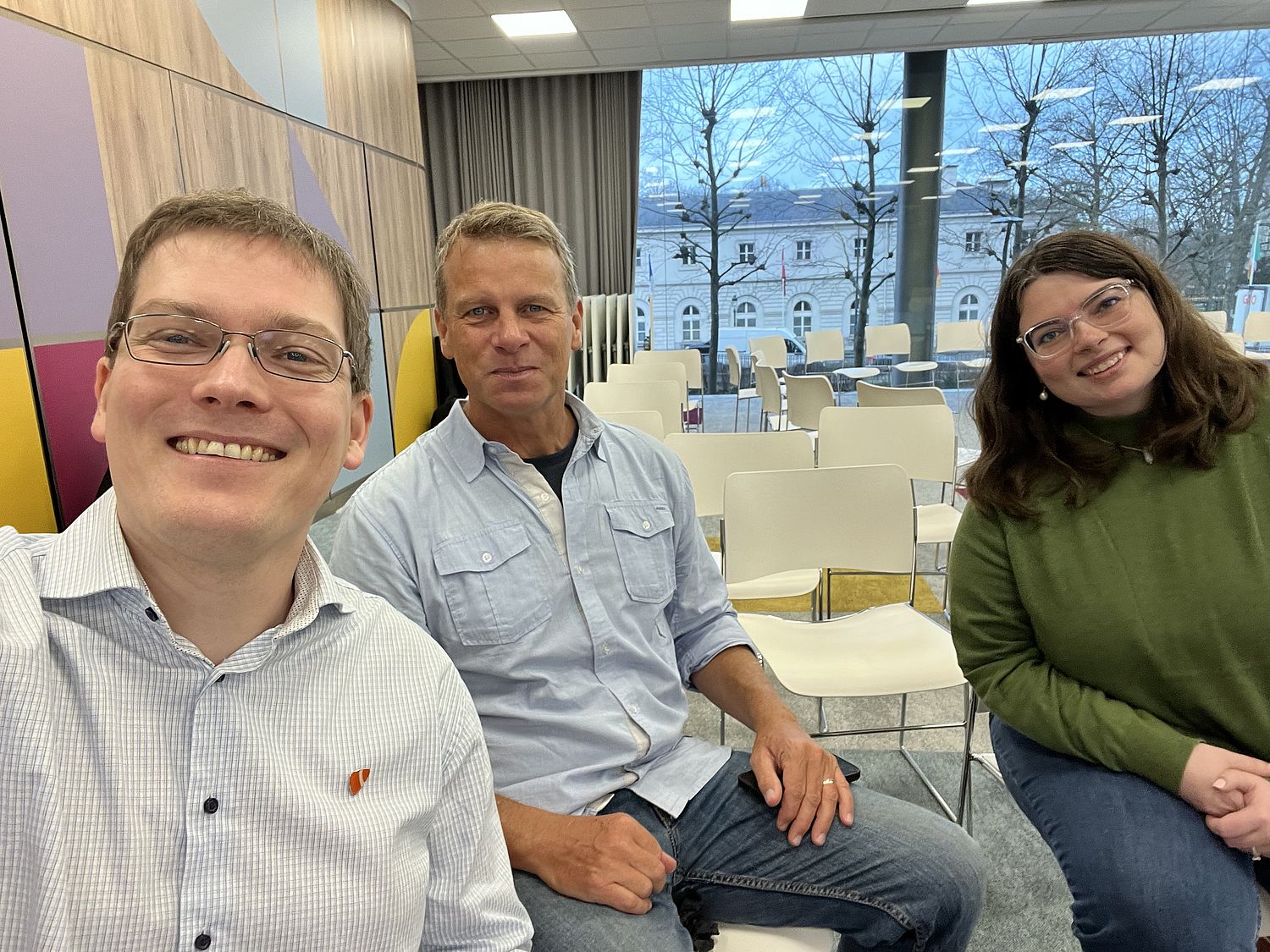The workshop was organized by OpenForum Europe and aimed to find a way to continue the collaboration started around the work to improve the situation for open-source software under the European Union's Cyber Resilience act. It was also a good way to get perspectives on what challenges we are facing going forward and what TYPO3 can and should do to be prepared.
Continuing the Collaboration
Also in attendance at the workshop were CMS cousins Drupal and Joomla, represented by the leaders of their respective community organizations Owen Lansbury and Crystal Dionysopoulos.
The workshop took the form of a rapid, information-packed, three-hour rundown of past achievement, current challenges, and future possibilities. The sessions were well-managed, in the strict-but-friendly style we have come to love from OpenForum Europe. Everyone had the possibility to contribute their perspectives. For us relative newcomers, the number of acronyms was a challenge. Luckily, we got the help we needed to feel at home.
The conclusion of the workshop was that the group would like to continue the collaboration. Joomla and TYPO3 volunteered to help with documentation. We still have much work to do, both in explaining what open source is to EU bureaucrats and politicians, and in making the potential impact (both negative or positive) of legislation on open-source clear to the general public.
From my perspective, impact and compliance questions have now become a central part of running an open-source project. Are we prepared?






